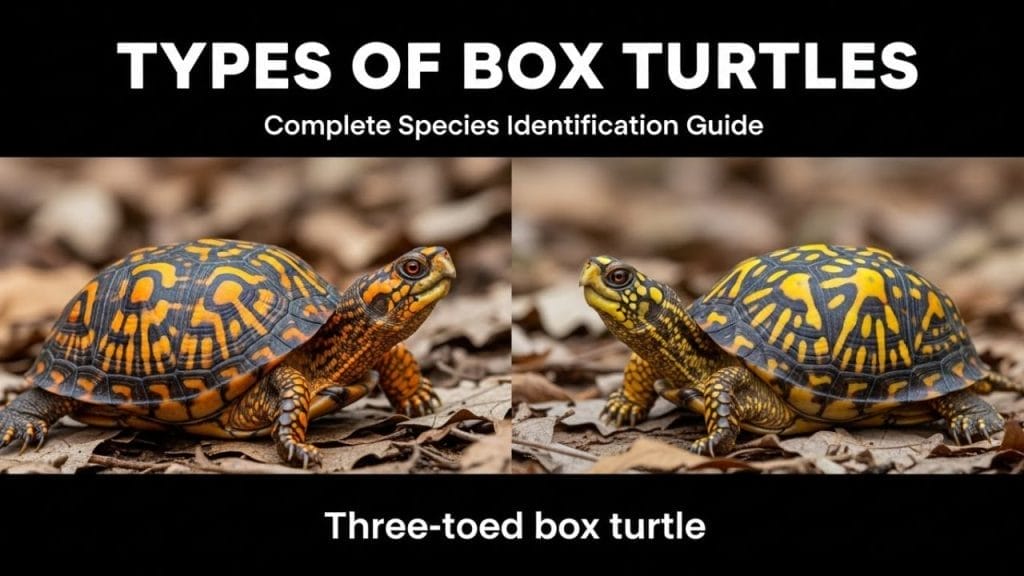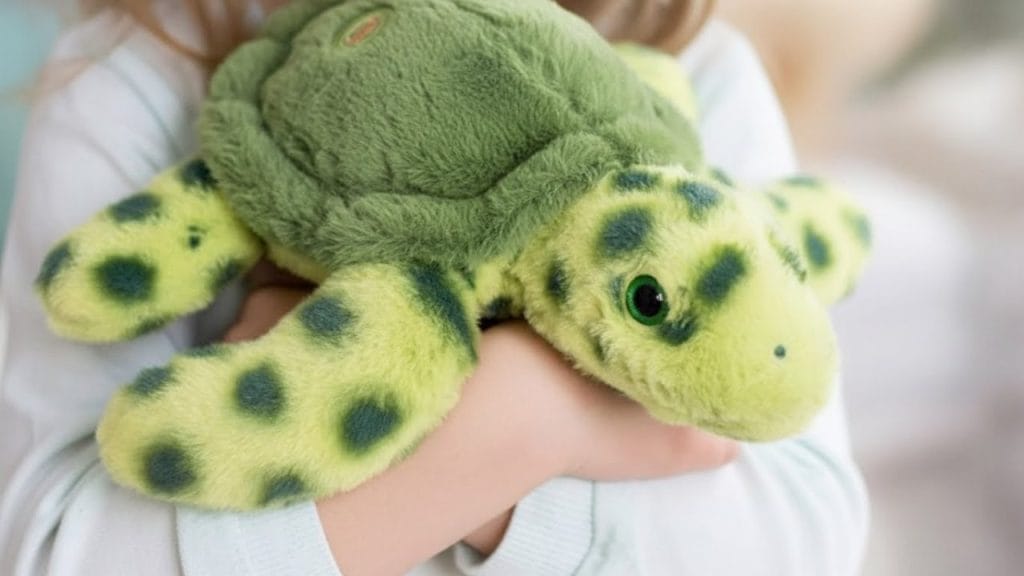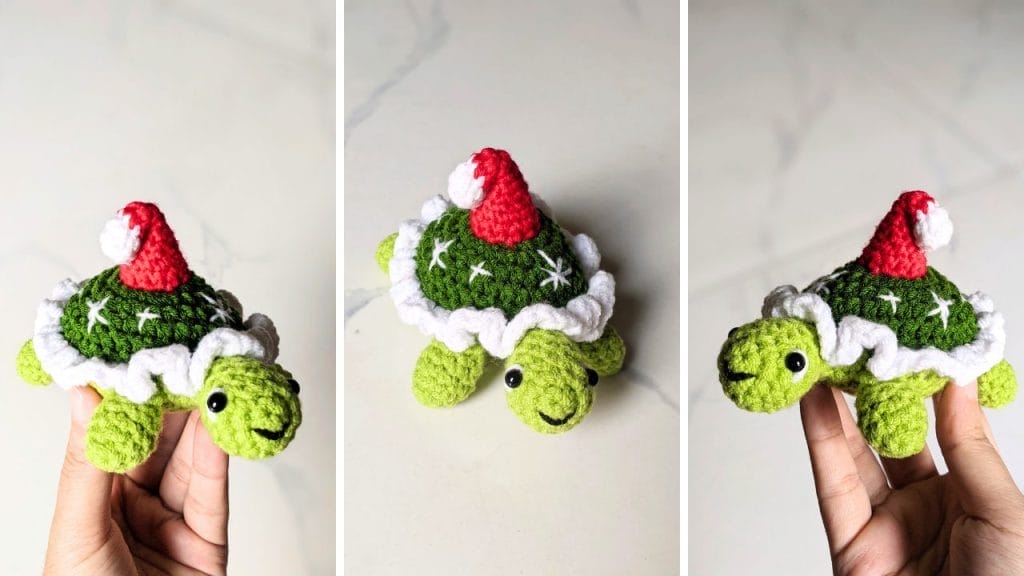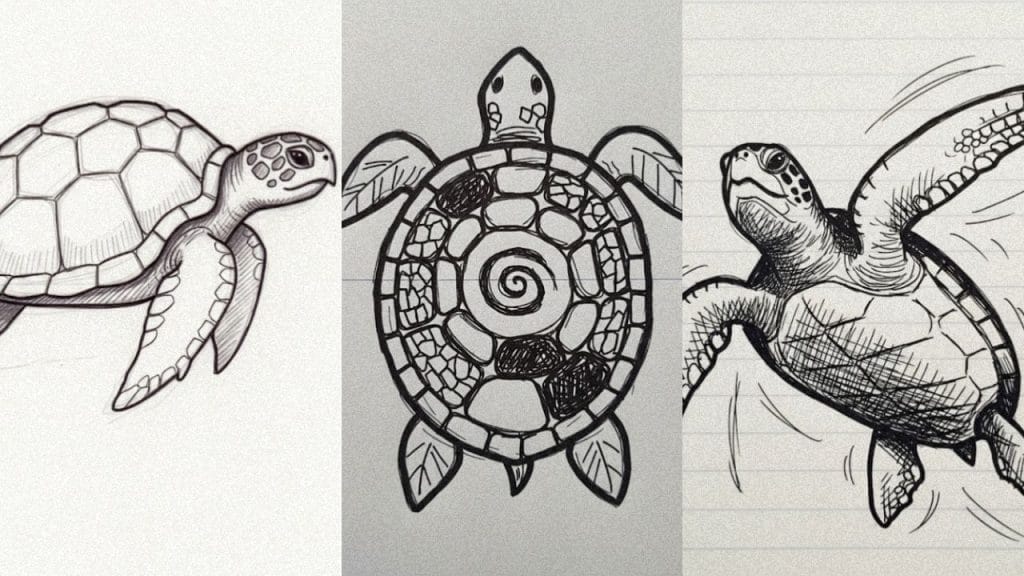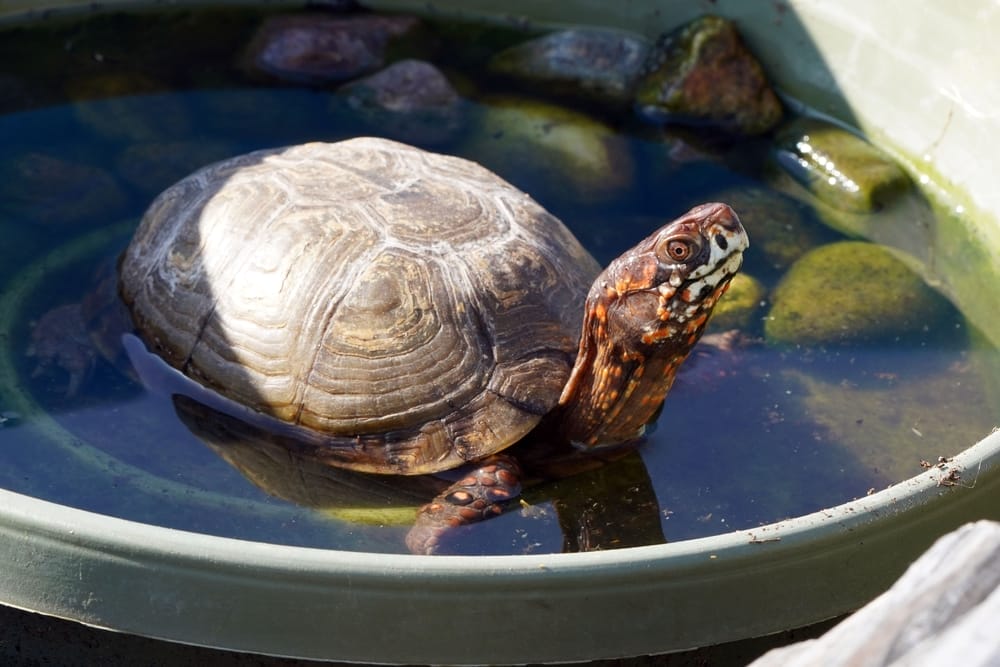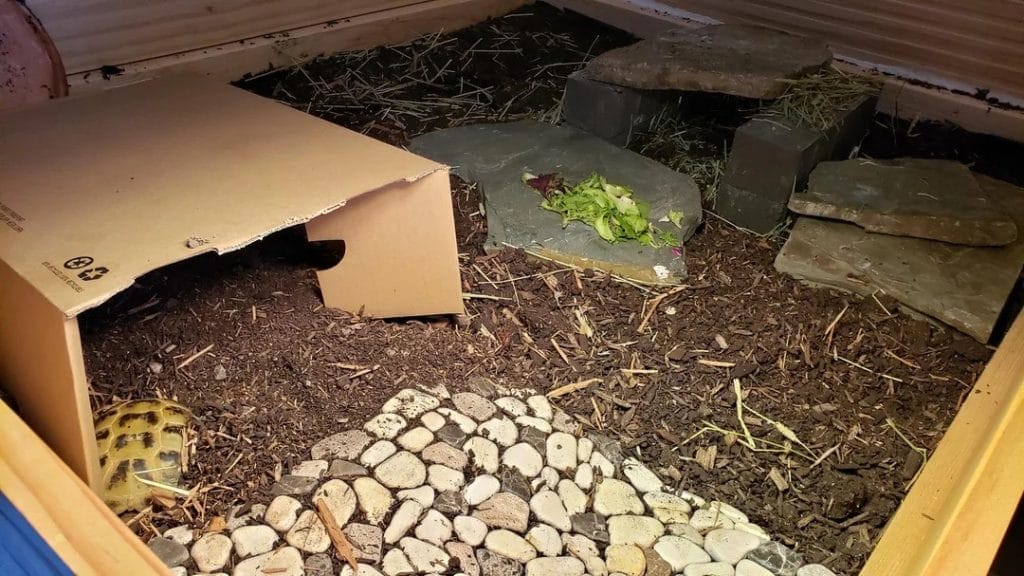Box Turtle Hibernation: The Complete Care Guide for Winter

This post was created with help from AI tools and carefully reviewed by a human (Muntaseer Rahman). For more on how we use AI on this site, check out our Editorial Policy.
Here’s the thing about box turtles: they don’t actually hibernate.
I know, I know. We’ve been calling it hibernation forever, but technically what these little guys do is called brumation. It’s like hibernation’s slightly less dramatic cousin—same general idea, but the biology works differently because, well, turtles aren’t warm-blooded bears.
But you’re not here for a vocabulary lesson. You’re here because your box turtle is slowing down, eating less, and you’re freaking out a little. Or maybe winter’s coming and you’re wondering if you need to do something special.
Either way, let’s talk about what actually happens when box turtles “hibernate” and what you need to do about it.
Why Do Box Turtles Brumate Anyway?
Box turtles are cold-blooded, which means they can’t make their own body heat like we do.
When temperatures drop below about 55-60°F, their bodies start shutting down whether they want to or not. Their metabolism slows way down, their heart rate drops, and they basically enter power-saving mode to survive winter when food is scarce and it’s too cold for them to function normally.
In the wild, this happens naturally. Most North American box turtles start preparing for brumation between mid-September and mid-October, depending on where they live.
It’s not really a choice—it’s survival. Without brumation, a box turtle stuck in freezing temperatures would either starve (because they’re too cold to hunt or digest food) or become easy prey for predators since they can barely move.
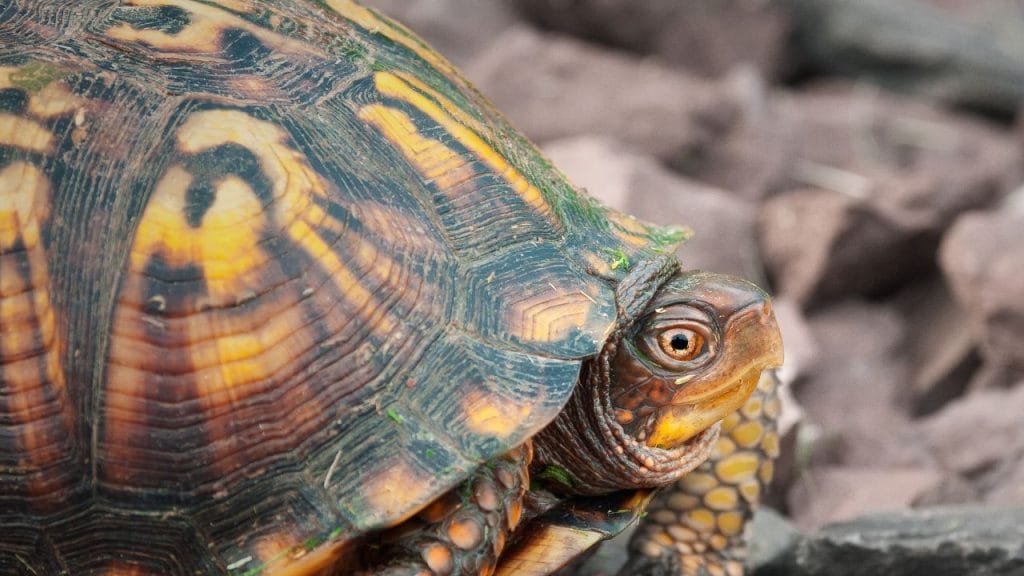
Do Pet Box Turtles NEED to Brumate?
Short answer: No, not really.
If you keep your turtle indoors with consistent warm temperatures (75-85°F during the day with a basking spot around 85-90°F) and plenty of light (about 14 hours a day), your turtle should stay active all winter. Indoor turtles don’t experience the temperature drops and shorter days that trigger brumation, so many of them just… don’t.
But here’s where it gets interesting: brumation seems to be important for reproductive health and possibly even longevity. If you’re planning to breed your turtle, that cooling period is basically essential for triggering breeding behavior in spring.
For everyone else? It’s optional. Your turtle can live a perfectly healthy life without brumating if you keep the environment right.
This Hilarious Turtle Book Might Know Your Pet Better Than You Do
Let’s be real—most turtle care guides feel like reading a textbook written by a sleep-deprived zookeeper.
This one’s not that.
Told from the snarky point of view of a grumpy, judgmental turtle, 21 Turtle Truths You’ll Never Read in a Care Guide is packed with sarcasm, sass, and surprisingly useful insights.
And hey—you don’t have to commit to the whole thing just yet.
Grab 2 free truths from the ebook and get a taste of what your turtle really thinks about your setup, your food choices, and that weird plastic palm tree.
It’s funny, it’s honest, and if you’ve ever owned a turtle who glares at you like you’re the problem—you’ll feel seen.
When Brumation Goes Wrong (And It Can)
Let me be real with you: brumation is dangerous.
Even wild box turtles that have successfully brumated for years can die during hibernation. Hatchlings? Most don’t survive their first winter in the wild. That’s just nature being brutal.
For pet turtles, the risks multiply because now you’re the one responsible for keeping everything just right. Temperature too high? Your turtle slowly starves because its metabolism is running but it’s not eating. Temperature too low? Your turtle could literally freeze to death.
Here’s the scary stuff that can happen:
Predation: Box turtles during brumation are completely defenseless. Dogs, foxes, raccoons, and even rodents will absolutely eat a hibernating turtle if they can get to it. In Texas especially, this is a huge problem.
Dehydration: Turtles can lose 6-7% of their body weight during brumation. Anything more than that signals trouble.
Temperature extremes: Wild turtles can handle temperatures as low as 30°F when properly insulated underground, but pet turtles in improper setups? Not so much.
Flooding: If your outdoor turtle’s burrow floods, that’s game over.

Who Should NOT Brumate
Listen up because this is critical.
Never brumate a turtle that is:
- Under 3-4 years old (most baby turtles die during their first hibernation)
- Sick or showing any signs of illness
- Underweight or hasn’t been eating well
- Has respiratory infections, shell lesions, or any injuries
- Has internal parasites
If your turtle checks any of these boxes, keep them indoors with warm temps and forget about brumation. It’s not worth the risk.
The “In-Between” Temperature Trap
Here’s a mistake I see people make all the time: keeping their indoor turtle at cool but not cold temperatures during winter.
You know, like 60-65°F because you’re trying to save on heating bills or whatever.
This is actually the worst thing you can do. At those temperatures, your turtle is too cold to eat and digest food properly, but not cold enough for its metabolism to slow down into brumation mode. So it’s basically slowly starving while being too sluggish to do anything about it.
It’s either commit to keeping them warm (75°F+) or commit to proper brumation temperatures (40-50°F). No middle ground.
Setting Up for Successful Brumation
If you’ve decided to let your turtle brumate, here’s what you need to know.
Pre-Brumation Prep (Start in Late Summer)
Get a vet checkup. This is non-negotiable. Even minor health issues can be fatal during brumation.
Feed them well all summer. Your turtle needs to build up fat reserves and especially needs foods high in Vitamin A (dark leafy greens, carrots, squash). During brumation, turtles lose Vitamin A faster than other nutrients.
Stop feeding 1-3 weeks before brumation starts. The digestive tract needs to be completely empty before they go into deep sleep. Undigested food sitting in their gut during brumation can cause serious problems.
Provide daily soaking opportunities. Keep them well-hydrated going into brumation.

The Perfect Brumation Temperature
The sweet spot is 40-50°F (ideal is around 41-45°F).
Below 35°F risks freezing. Above 60°F and their metabolism stays too active—they’ll slowly starve or experience “false brumation” where they’re trapped in that dangerous in-between state.
Indoor Brumation Setup
Most experts recommend indoor brumation over outdoor because you can actually control the environment.
The Hibernation Box Method: Get a large plastic container with air holes drilled in it. Fill it halfway with moist (not wet) sphagnum moss. Place your turtle inside and put the whole thing in a garage, basement, crawl space, or unheated room that stays consistently between 40-50°F.
The Refrigerator Method: Some people use a dedicated dorm fridge set to maintain 40-48°F. You’ll need to open the door a few times daily for air circulation and check on your turtle every 3-4 weeks. This sounds wild but it actually works well because the temperature stays super consistent.
Humidity: Keep it around 75-80%. The substrate should be damp but not soggy.
Outdoor Brumation (Advanced Mode)
Only do this if you really know what you’re doing.
Your turtle needs a spot with loosened soil (at least 12 inches deep), above the water table, preferably on a south-facing slope. Pile 6 inches of grass clippings or hay over the loosened soil, then add 2-3 feet of leaves on top.
The area needs to be 100% predator-proof and you need to monitor ground temperatures constantly.
Honestly? Unless you’re an experienced keeper, skip outdoor brumation. The risks are way higher.
Checking on Your Turtle During Brumation
You can’t just stick your turtle in a box and forget about it until spring.
Check every 2-4 weeks: Gently remove your turtle, weigh it, check for signs of dehydration (sunken eyes, dry skin), and look for any health issues. The turtle should still have muscle tone—limbs shouldn’t be limp and dangling.
Wake them up briefly: Let them warm to room temperature, then give them a 15-30 minute soak in tepid water. This prevents dangerous dehydration. Check that the substrate is still moist. Then back in they go.
Weight loss check: If your turtle loses more than 6-7% of its starting body weight, end brumation immediately.
Signs something’s wrong: No muscle tone, limp limbs, no breathing, significant weight loss, or any signs of illness mean you need to wake them up and get to a vet.
How Long Should Brumation Last?
In the wild, it varies by location—anywhere from 3-8 months depending on how harsh the winter is.
For pet turtles:
- Small/young turtles (if you must brumate them): Maximum 10 weeks
- Healthy adults: 8-14 weeks
- Refrigerator method: 8-12 weeks max
Warmer climates like Florida? Box turtles there might only brumate 6-8 weeks or skip it entirely.
Waking Up Your Turtle in Spring
Don’t just yank your turtle out and throw it back in its regular enclosure.
The slow warm-up: Move the hibernation box to a room at 60°F for 2 days. Give one lukewarm soak. Then move to 65-68°F for another 2 days with another soak. Finally, return to normal enclosure at room temperature for 2 days before turning heat sources back on.
Fresh water immediately: As soon as they’re moving around, make sure they have access to clean water.
Hold off on food: Don’t offer food for 1-3 weeks after they wake up. They need time to warm up enough for proper digestion. Offer spring-type foods first—mushrooms, fresh greens, berries.
Appetite returns: Most turtles start eating again within 1-2 weeks and often come out of brumation absolutely ravenous.
Can Indoor Turtles Still Try to Brumate?
Yep, and it’s kind of annoying.
Even with perfect temperature and lighting, some indoor turtles still try to brumate. They can sense barometric pressure changes outside and respond to shorter daylight hours through the windows.
If this happens and you don’t want them to brumate, you need to really commit to summer conditions: temps at 75-85°F with basking spot at 85-90°F, and 14 hours of bright light daily (not just UVB, but actual bright daylight-simulating light).
Keep humidity high (60-80%) and keep offering food. Usually they’ll snap out of it within 2 weeks.
My Honest Take on Pet Turtle Brumation
Look, I’m not going to sugarcoat this: brumation is risky and stressful.
If you’re a new turtle owner, if your turtle is young, if your turtle has any health issues, or if you’re not prepared to monitor temperatures obsessively for months—skip it. Keep your turtle warm and active through winter. They’ll be fine.
Brumation is really only necessary if you’re seriously into breeding or if you’re trying to replicate natural conditions for a wild-caught rescue that you know has successfully brumated before.
The fact that many exotic vets now offer brumation services tells you something about how tricky this process is. If professionals with climate-controlled facilities are charging for this service, maybe that’s a sign that the average pet owner should think twice.
Key Takeaways
- Brumation is optional for pet box turtles kept indoors with proper temperatures and lighting.
- The ideal brumation temperature is 40-50°F. Anything outside this range is dangerous.
- Never brumate sick, underweight, or young turtles. It’s a death sentence.
- Indoor brumation is safer than outdoor because you can control the environment.
- Check on your turtle every 2-4 weeks during brumation. Weight loss over 6-7% means end brumation immediately.
- Pre-brumation vet checks are essential. Even minor health issues can be fatal during brumation.
- The “in-between” temperature zone (55-70°F) is actually the most dangerous. Go warm or go cold, but don’t stay in the middle.
When to Call the Vet
Immediately contact a reptile vet if:
- Your turtle loses more than 7% of its body weight during brumation
- You find no signs of breathing or movement when checking
- The turtle has limp, unresponsive limbs with no muscle tone
- You see any signs of illness, injury, or infection
- Your turtle won’t start eating 2-3 weeks after brumation ends
- You’re just not sure if something is wrong (better safe than sorry)
Final Thoughts
Box turtle brumation is one of those things that sounds simple until you actually try to do it.
In the wild, turtles have millions of years of evolution guiding them to the right spot, the right depth, the right preparation. In captivity? We’re winging it based on research and hoping we get it right.
My advice? Unless you have a really good reason to brumate your pet turtle, keep them awake. A happy, well-fed turtle in a properly heated enclosure is going to outlive most of us anyway.
But if you do decide to go for it, do it right. Get that vet checkup. Monitor those temperatures obsessively. Check on your turtle regularly. And accept that even with perfect preparation, sometimes things go wrong.
That’s not to scare you—it’s just reality. Box turtles are tough as nails, but brumation is legitimately one of the most dangerous times in their lives, wild or captive.
Stay informed, stay vigilant, and when in doubt, ask your reptile vet. They’ve seen it all and can guide you through the process way better than any blog post can.
Now go make sure your turtle’s enclosure is the right temperature, whatever season it is. Your shelled buddy is counting on you.

About Author
Muntaseer Rahman started keeping pet turtles back in 2013. He also owns the largest Turtle & Tortoise Facebook community in Bangladesh. These days he is mostly active on Facebook.


